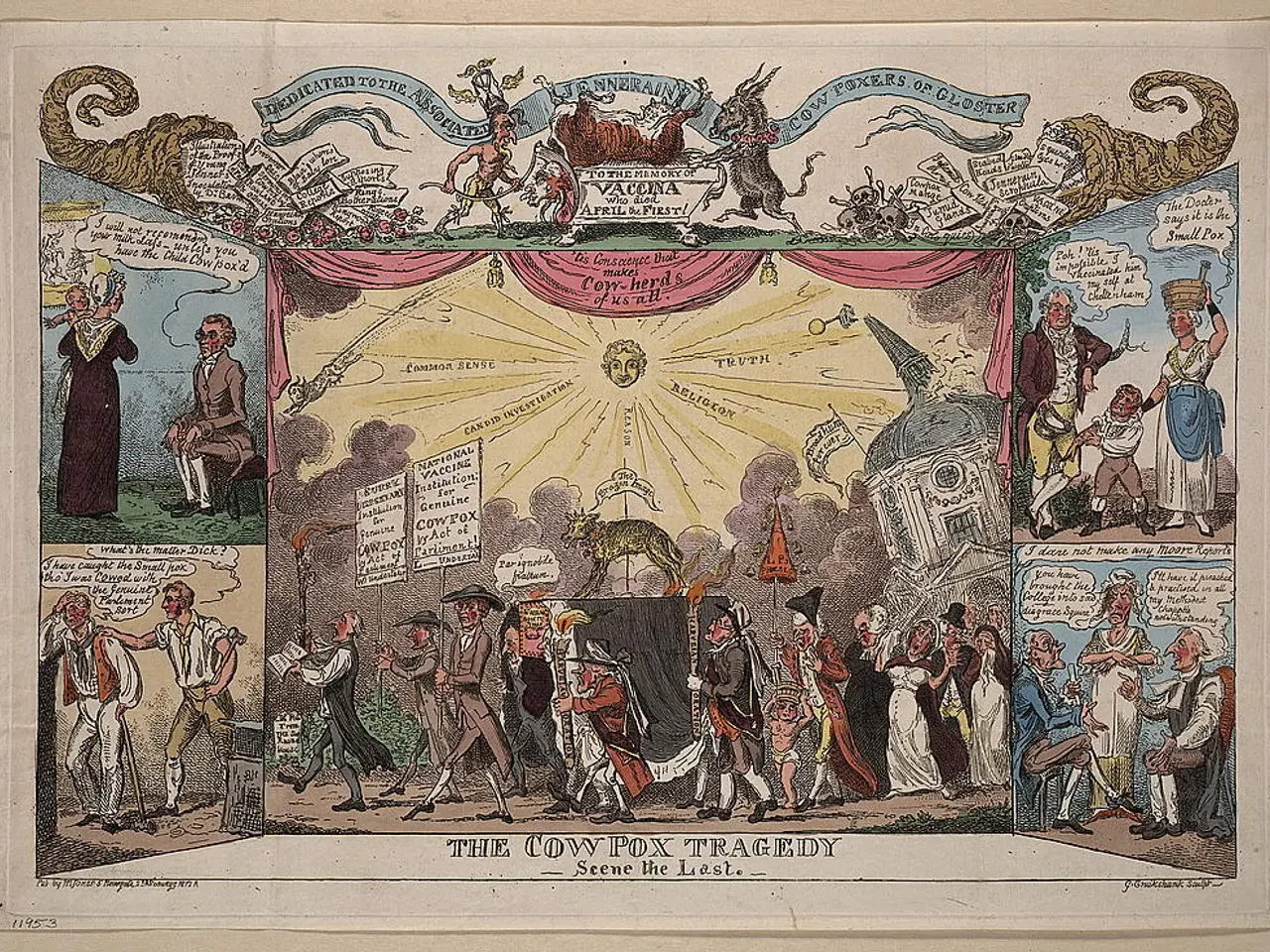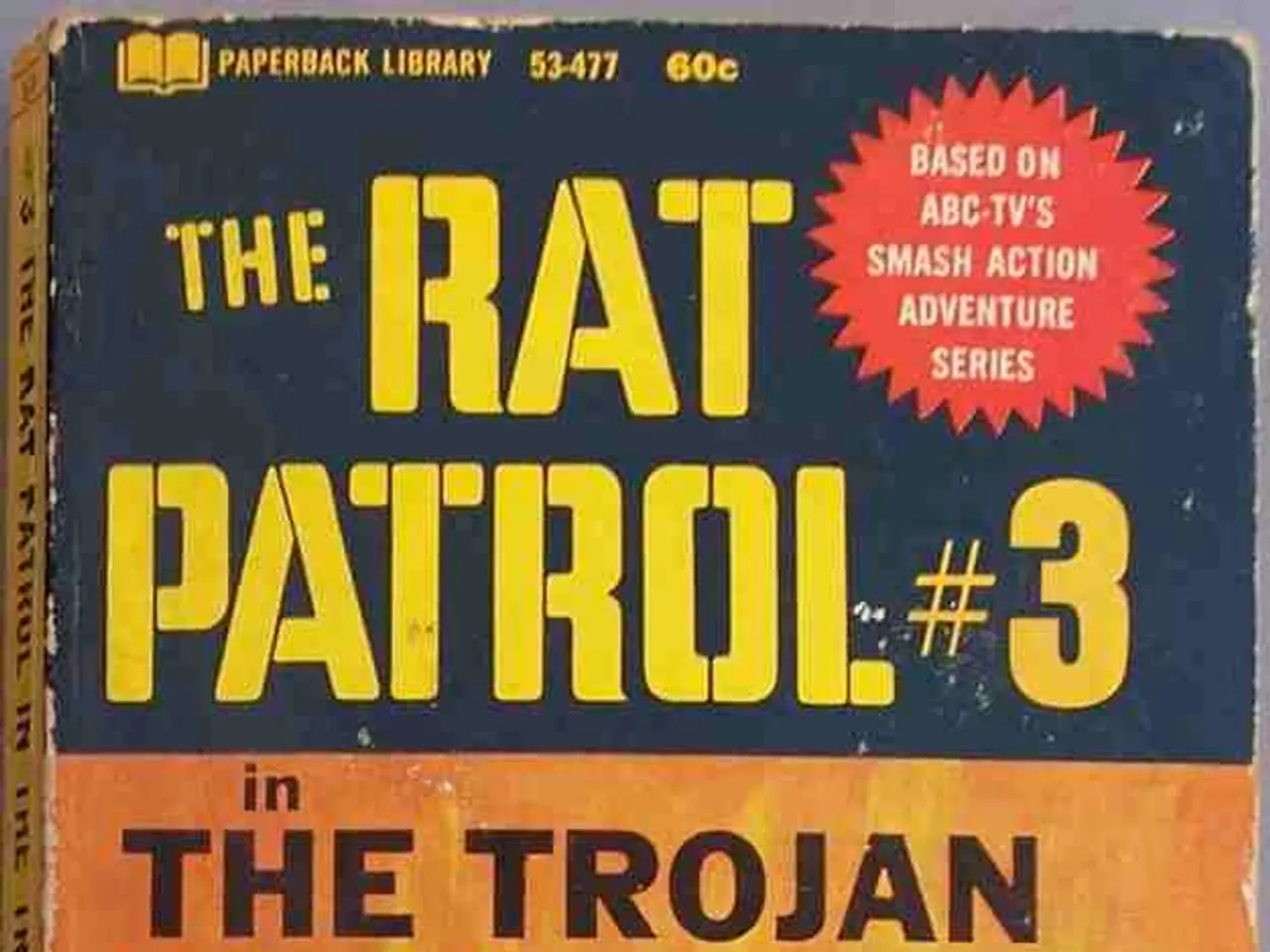Amusing Body Horror Examined: A Humorous Exploration of Modern Love, Marked by Clinginess and Chaos in 'Together Review'
In the year 2025, Michael Shanks' directorial masterpiece, "Together," graced the silver screen, leaving audiences spellbound with its unique blend of body horror and comedy. Starring Alison Brie and Dave Franco as the lead characters, Tim and Millie, the film delves into a supernatural narrative that explores the concept of soulmates in a modern dating culture.
The plot unfolds as Tim and Millie, seeking to rekindle their relationship, move to a secluded countryside house. However, their peace is disrupted when they stumble upon a mysterious cave that triggers a bizarre and grotesque fusion of their bodies. This physical transformation, symbolizing the intense connection between soulmates, is taken to a literal and unsettling extreme.
"Together" explores the tension between love, individuality, and forced unity. As Tim and Millie’s bodies fuse, the film delves into how love can be simultaneously binding and suffocating, interrogating the romantic ideal of “two becoming one.” The motif of fusion acts as a body horror metaphor for the loss of self in relationships and the fear or inevitability of becoming inseparable—both physically and emotionally.
Throughout the film, there is a chilling blend of comedy and horror, often leveraging the absurdity and surreal nature of their predicament to underscore the grotesque transformation and the terror of losing autonomy. The presence of the occult ritual involving a previously fused couple (Jamie) suggests a cult-like belief in achieving wholeness and happiness through physical merger, reinforcing the dark, satirical undercurrent about soulmate mythology and societal pressures on romantic relationships.
In the climax, when Tim and Millie fully accept their fused existence, the film underscores acceptance and surrender to transformation as both horrifying and strangely beautiful—a corporeal consummation of the soulmate ideal that defies normalcy and comfort.
"Together" positions itself uniquely as a body horror/comedy hybrid that critiques and reimagines soulmate mythology through a supernatural lens. Despite its uneven pacing, a few foreseeable turns, and a final twist that feels more shocking than satisfying, the film has earned both critical and popular praise. It references Aristophanes' theory of soulmates from Plato's Symposium and takes place in a cave that seems to be a collapsed church.
Brie and Franco, real-life partners, channel a kind of tension that feels lived-in and electric. Their chemistry makes it hard to look away or think well after the credits roll. The film thrives on the chaos of a love that is obsessive and hysterical, daring to laugh, slipping in deadpan comedy that interrupts the gravity without undercutting it.
Despite allegations of lifting from the 2023 film, "Better Half," "Together" remains a wildly entertaining, fast-paced, loud, and absurd exploration of love, loss, and the terrifying beauty of becoming one with another.
- The unique blend of body horror and comedy in Michael Shanks' directorial masterpiece, "Together," is a critically acclaimed examination of culture, delving into the romantic ideal of soulmates in an era dominated by movies-and-tv.
- The film's laugh-out-loud comedic moments and shocking body horror elements, coupled with its references to Aristophanes' theory of soulmates from Plato's Symposium, position "Together" as a thought-provoking piece of entertainment that challenges traditional notions of love and relationships.







